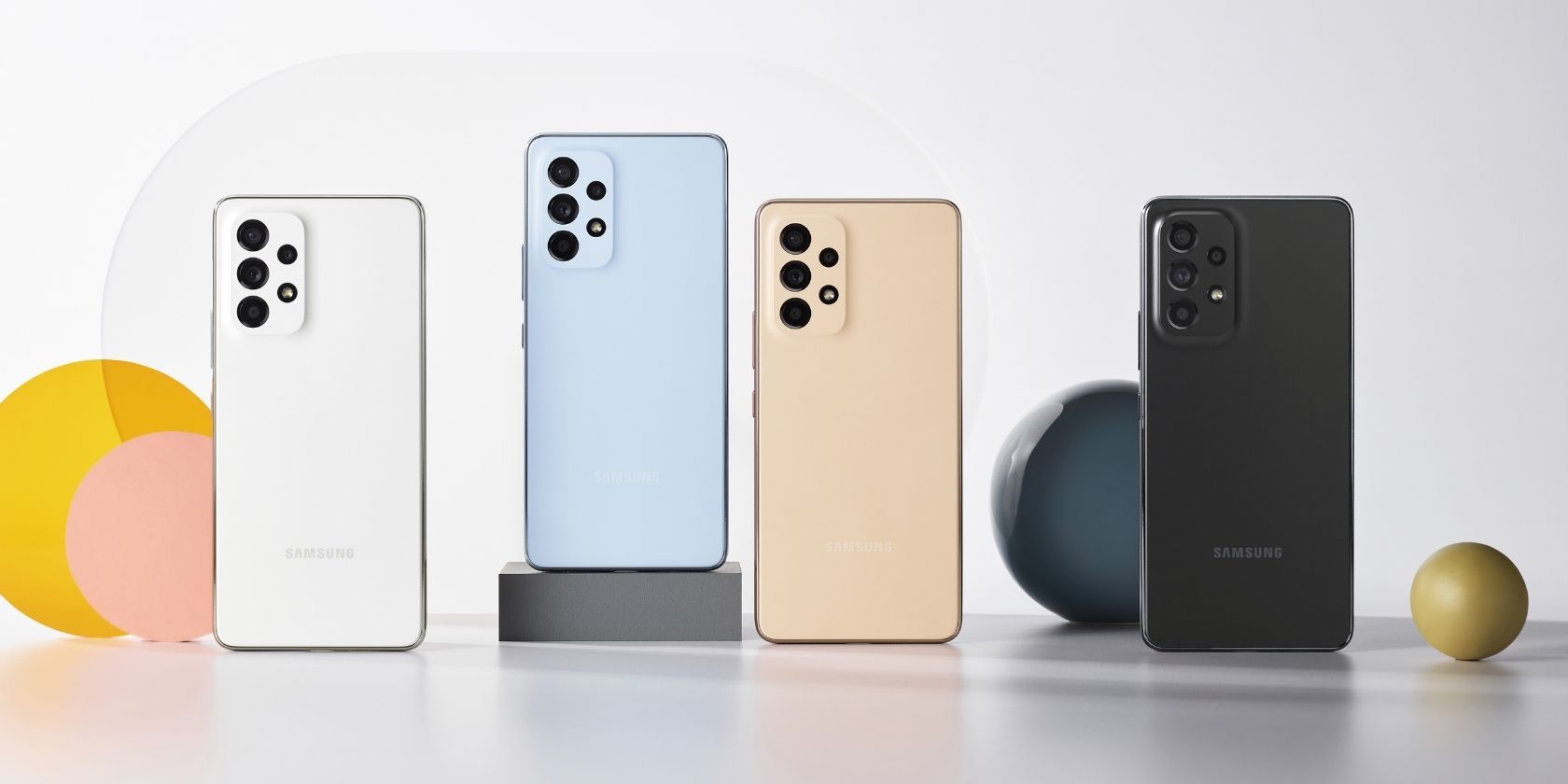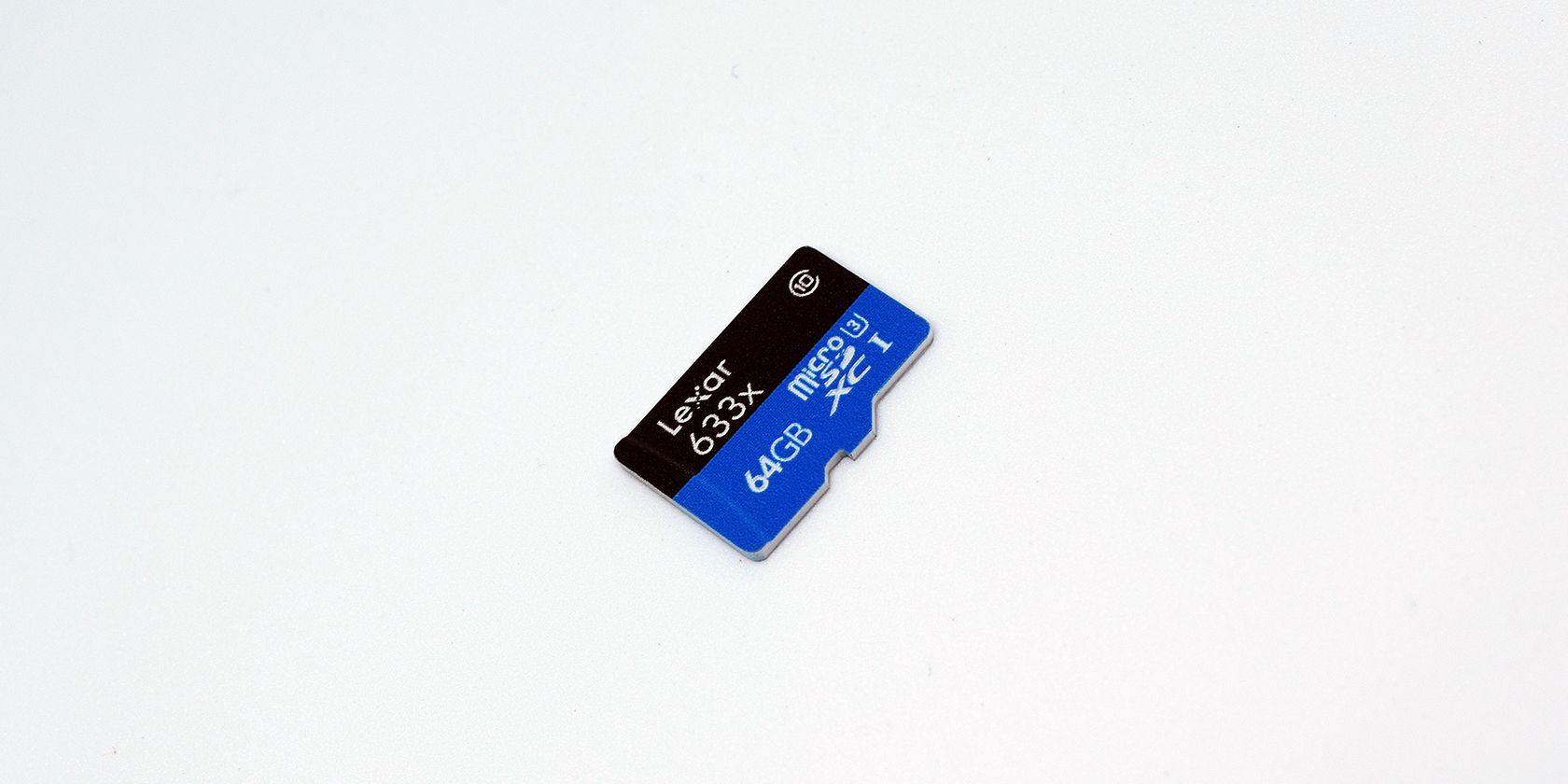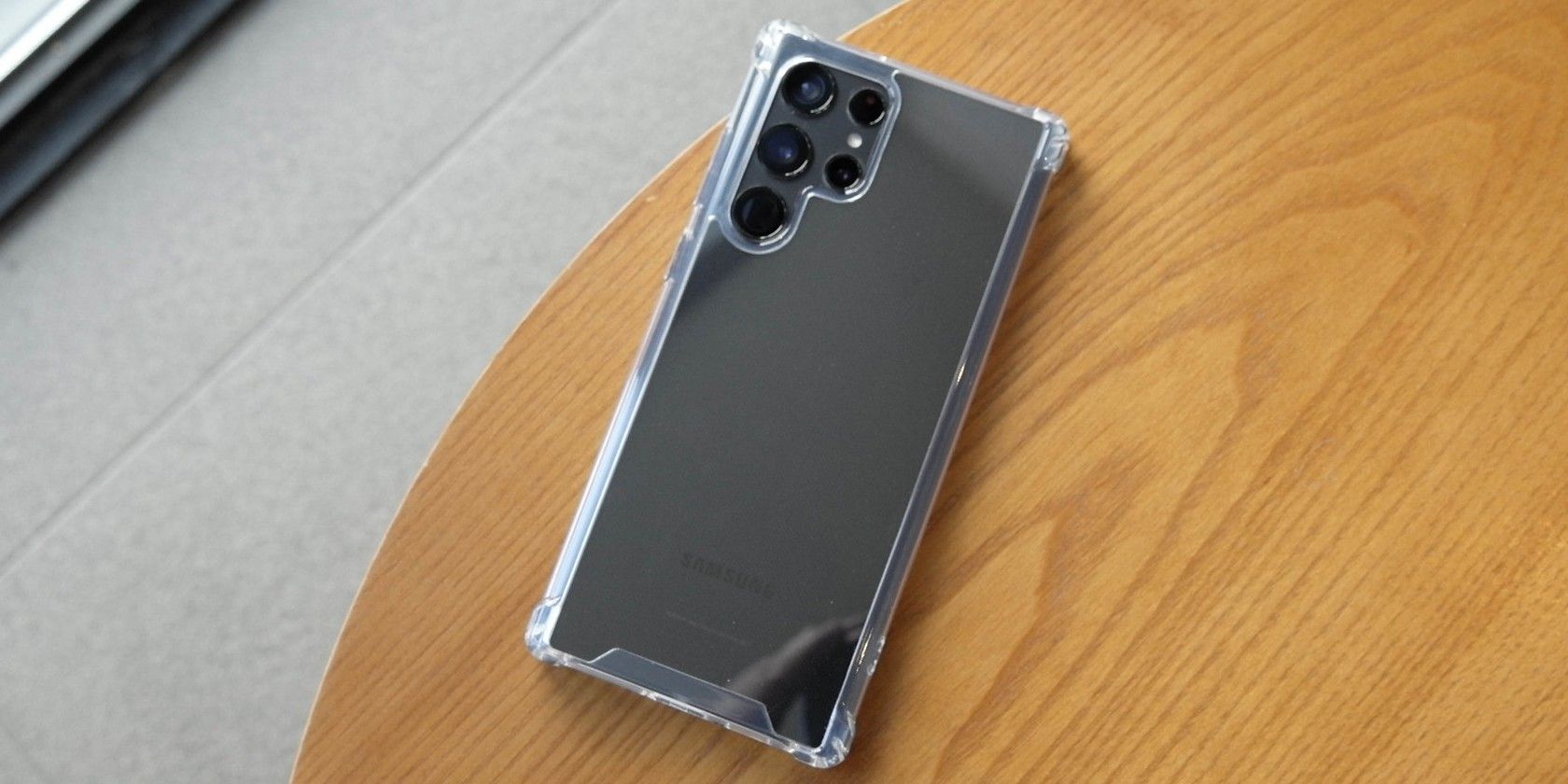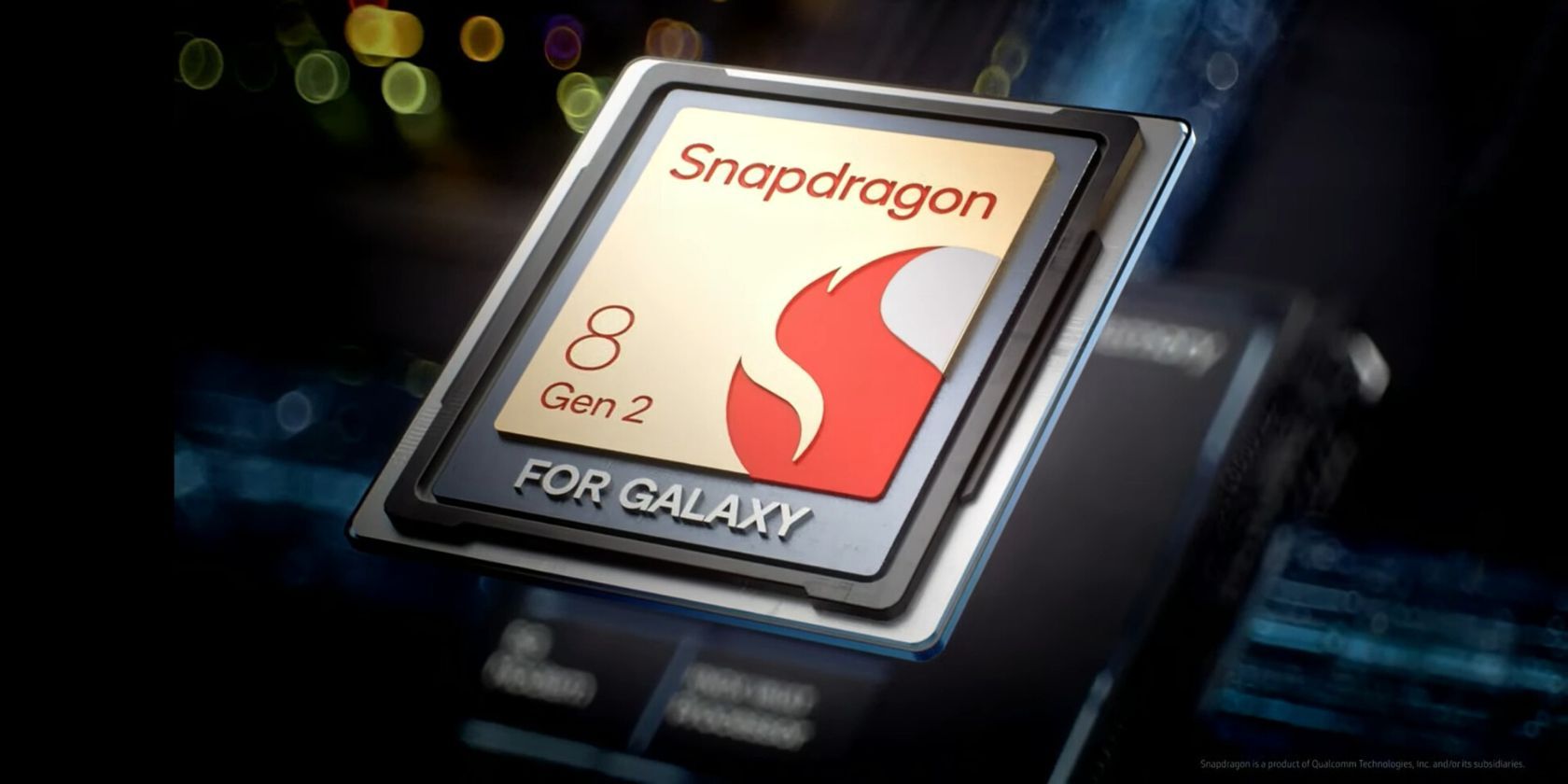If you're thinking about buying a new Samsung phone, you must've seen a lot of reviews on YouTube and read just as many articles. As you may have noticed, most of the media coverage on smartphones is about flagships. After all, that's where all the bleeding-edge innovation happens.
However, for the average buyer who wants an affordable well-rounded smartphone experience, Samsung's mid-range Galaxy A series offers far better value than its flagship Galaxy S series. Let's go through all the reasons why we think so.
1. Both Have Identical Software
Whether you choose from the Galaxy S series or the Galaxy A series, you're getting the same software experience—Samsung's One UI skin. Granted, the flagships do receive software updates a bit quicker, but the delay between the two is not long enough to be bothersome.
In fact, just like the Galaxy S23 Ultra and other Samsung flagships, the company is now offering up to four years of major Android updates and five years of security updates for its mid-range phones as well, including the Galaxy A53 and the Galaxy A33.
2. Both Have Similar Battery Life
Battery life on Galaxy S and Galaxy A phones isn't all that different either. Even budget Samsung phones today come with batteries up to 5000mAh, which is enough to last you nearly two full days on light to medium use.
That said, Samsung flagships do have faster wired charging alongside wireless charging and reverse wireless charging capabilities. Not that they're essential features, but for enthusiasts and power users, they can be quite handy. Still, they might not be as important to you.
3. Both Have Similar Displays
Ever since punch-hole camera cutouts became more common, it has become more difficult than ever to tell flagship phones from cheaper alternatives when looking at the display alone.
For instance, put the Galaxy S23+ and the A53 side by side, and you'll see just how similar they look. The former starts at $999 while the latter starts at $449. Flagships do have thinner and uniform bezels, but you're not getting any major improvement in the display by spending more money on a new phone.
4. You Need a MicroSD Card Slot
MicroSD cards are very economical. On average, an additional 128GB of internal storage in a phone costs $100 extra; but if you buy a microSD card, you can get the same capacity for less than $20. Plus, with microSD cards, you don't need to wait for your data to transfer; simply eject it from your old phone and insert it into your new one.
Thankfully, mid-range Samsung phones still come with a microSD card slot with extendable storage support of up to 1TB. MicroSD card support is one of the many features no longer available on modern flagships, and we suspect that it'll soon be removed from all mid-range phones and budget phones as well.
5. You Don't Need Flagship Features
Unless you're a power user, gamer, content creator, or techie, paying a premium price for premium features that you're not even going to use as often makes no sense.
Features like wireless charging, 8K video recording, or a 200MP camera may sound exciting on paper, but they are highly overrated and unnecessary to have on your phone given the current state of tech.
6. Older A-Series Phones Come With a Charger and Audio Jack
As we feared, Samsung has finally removed the headphone jack from its mid-range phones—just as it did with its flagships. And if that wasn't hurtful enough, you're also not getting a charger inside the box anymore.
However, if you're okay with buying older models, the Galaxy A32, A52, and A72 still come with both of those features, which is a huge selling point for value-focused buyers and audiophiles.
7. You Use a Back Cover and Screen Protector
A big reason why flagship phones are so expensive is that their hardware is simply of better quality. They're more durable and can handle a lot of abuse.
Take the Galaxy S23 series, for example. The devices come with Gorilla Glass Victus 2 protection on the front and back, making them so tough that you practically don't need a back cover or screen protector anymore.
Despite knowing that, many people (including us) wouldn't risk carrying their phones without these accessories no matter how strong the glass might be. And that's understandable, because whether your screen cracks depends heavily on the angle at which it falls.
The point here is that if you're going to buy additional protection anyway, why pay a premium price for the stronger hardware? Even if you're really clumsy, back covers and screen protectors are often pretty cheap, so you can keep replacing them over the lifespan of the phone without breaking the bank.
8. You Change Your Phone Every Three Years
Speaking of lifespan, the average lifespan of a flagship is also longer than that of cheaper alternatives. On the former, you're getting a better camera system, a more powerful processor, louder speakers, an IP68 rating, more RAM, more storage, and faster charging. With all that combined, you can easily use a Samsung flagship for more than five years.
The problem is, smartphone batteries are made of lithium-ion which is not friends with time; in just two to three years, the battery will have degraded enough for it to become bothersome. By that point, most people upgrade to a new phone anyway.
This means even though all the other components work perfectly, the degradation of the battery forces you to buy a new phone. Until graphene batteries become mainstream, this problem will continue to occur.
9. Samsung Phones Don't Retain Their Value
It doesn't feel good to pay a premium price for a phone that's going to lose nearly a third of its value after just a few months of you owning it. When you buy a brand-new flagship, you do it with the expectation that it's more valuable than anything else out in the market.
Sadly, Samsung phones don't retain their market value as well as iPhones do, so it might make more sense economically to choose the cheaper Galaxy A series. To give Samsung some credit, though, the company does offer good value when you trade in your old Galaxy phone.
10. You Don't Need That Much Power
For the average user, a phone is just a tool to perform basic tasks like calling, texting, web browsing, media consumption, and light photography. So paying a premium price for those high-end overpowered chips in Galaxy S phones doesn't make sense for most people.
Only a very small group of people actually need (and know how to benefit from) all that extra power. Smartphones have come a long way, and a modern mid-range chip on Galaxy A phones is already powerful enough to run most apps and games.
Samsung Makes Great Flagships, but Are They Right for You?
When buying flagships, you really have to know what you're doing for it to be a good deal. In comparison, Samsung's Galaxy A series is much more affordable without having too many compromises, making them ideal for most people.
From a business perspective, it makes complete sense for Samsung to nerf some features on its cheaper phones to make its flagships look more appealing. But unless your daily use involves heavy multitasking, gaming, or content creation, its flagships are a bit of an overkill.







